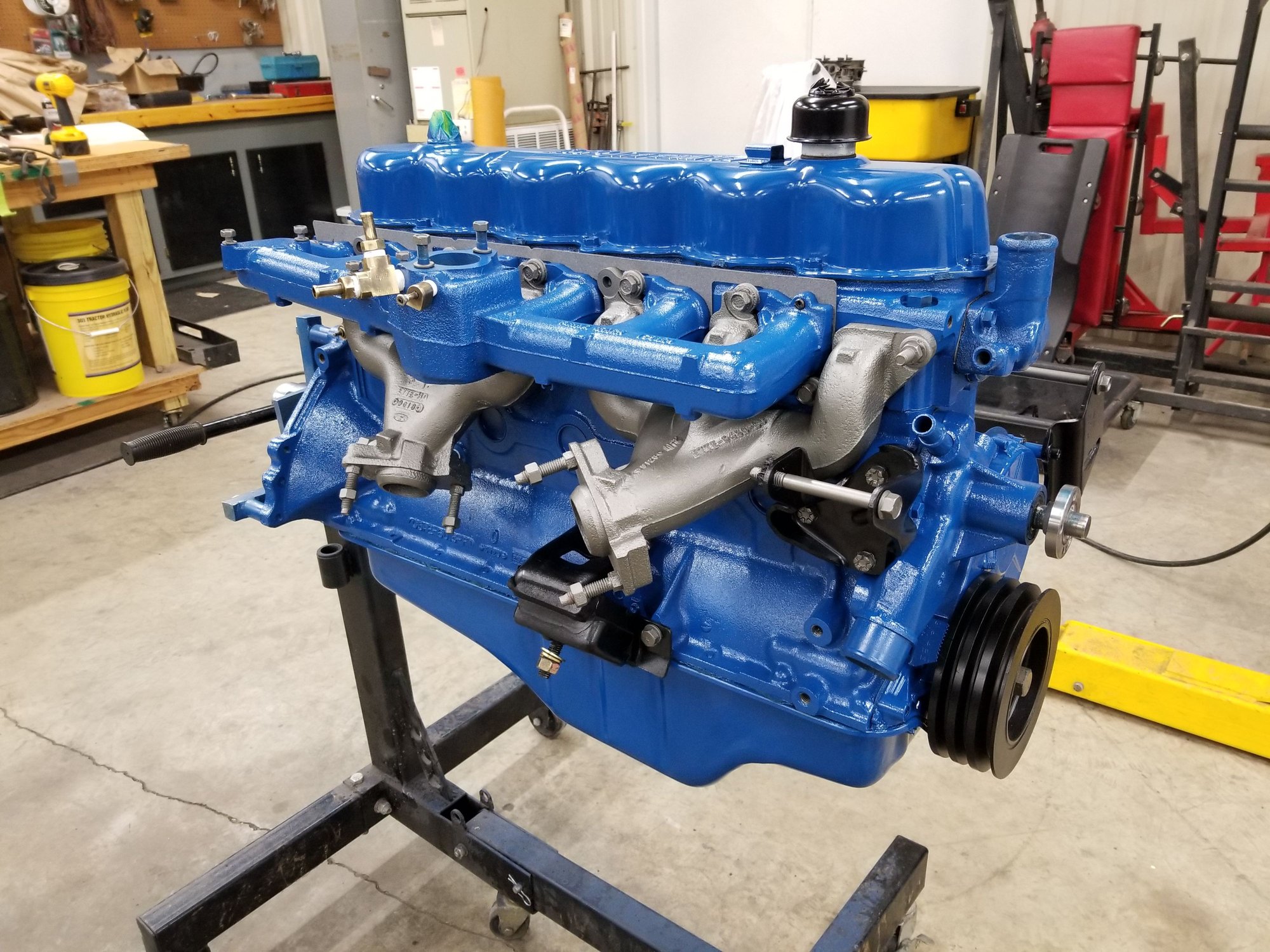Three-Cylinder Engines: Are They Actually *Good*? A Deep Dive
So, you’re car shopping. You’re scrolling through endless specs, and you see it: a 3-cylinder engine. Suddenly, you’re thrown. Is this some newfangled eco-nonsense? A throwback to the days of sputtering put-puts? Or is there something more to these pint-sized power plants? Let’s dig in.
The question "Are 3 cylinder engines any good?" has been echoing around the automotive world for years. There’s a lot of baggage that comes with the perception of smaller engines, conjuring images of underpowered econoboxes struggling to merge onto the freeway. But the reality is far more nuanced, and frankly, more exciting than you might think.
Three-cylinder engines aren't exactly new. They've been around for over a century, popping up in everything from tiny city cars to motorcycles and even some industrial equipment. However, their recent resurgence is tied to advancements in technology, specifically turbocharging and direct injection, which allow these smaller engines to punch well above their weight.
The main draw? Efficiency. Fewer cylinders mean less fuel burned, and in a world increasingly obsessed with MPGs and carbon footprints, that's a big selling point. But the question remains: does this efficiency come at the cost of performance and drivability? That's the crux of the issue.
Understanding the quality of a 3-cylinder engine involves looking beyond simple displacement. It’s about considering the entire package: the turbocharger, the transmission, the vehicle’s weight, and even the driving conditions. A well-engineered 3-cylinder can offer a surprisingly engaging experience, while a poorly implemented one can leave you wishing for more.
Historically, 3-cylinder engines were primarily found in small, economical cars where cost and fuel efficiency were paramount. However, automakers have been refining the technology, making them more powerful and refined. This evolution has allowed 3-cylinder engines to find their way into a wider range of vehicles, even some small SUVs.
One of the main concerns with 3-cylinder engines is vibration. With only three cylinders firing, there's an inherent imbalance that can lead to noticeable vibrations, especially at idle. However, modern engineering solutions like counterbalance shafts and improved engine mounts have significantly mitigated this issue in many current models.
Benefits of 3-cylinder engines include improved fuel economy, reduced emissions, and lower weight. For example, the Ford Fiesta equipped with the 1.0L EcoBoost three-cylinder engine achieved impressive fuel economy figures. The reduced weight also contributes to better handling and agility.
If you are considering a car with a 3-cylinder engine, test drive it under various conditions. Pay attention to acceleration, noise, and vibration levels. Research the specific engine's reliability ratings and owner reviews.
Advantages and Disadvantages of 3-Cylinder Engines
| Advantages | Disadvantages |
|---|---|
| Better Fuel Economy | Potential for Vibration |
| Lower Emissions | Possibly Less Powerful at Higher Speeds |
| Reduced Weight | May Require More Frequent Maintenance |
Best practices for maximizing the lifespan of a 3-cylinder engine include regular oil changes with the recommended grade, using high-quality fuel, and avoiding excessive idling.
Examples of cars using 3-cylinder engines include the Ford Fiesta, the Mini Cooper, and the BMW i8. These models showcase the versatility of these engines, ranging from economical city cars to high-performance hybrids.
One challenge with 3-cylinder engines is their potential lack of power at higher speeds. However, turbocharging helps overcome this limitation, providing a boost in power when needed.
Frequently asked questions about 3-cylinder engines include their reliability, power output, suitability for different driving conditions, and maintenance requirements.
A tip for getting the most out of a 3-cylinder engine is to keep the revs up, especially when merging or overtaking, as they tend to deliver peak power at higher RPMs.
In conclusion, the question "Are 3 cylinder engines any good?" isn't easily answered with a simple yes or no. While older iterations might have been rough around the edges, advancements in engineering have transformed them into viable, and often desirable, options. They offer compelling benefits in terms of fuel efficiency and reduced emissions, while modern technology has addressed many of the traditional drawbacks like vibration and lack of power. However, it's crucial to research specific models and engines, considering factors like turbocharging, transmission pairing, and the overall vehicle design. Test driving a 3-cylinder car is essential to determine if its characteristics align with your driving needs and preferences. Ultimately, the future looks bright for these compact powerhouses, as they continue to play a crucial role in the evolution of the automotive landscape toward greater efficiency and sustainability.
Unleashing the storm my hero academia chapter 422 anticipation
Unlocking the secrets of your skip the dishes account a comprehensive guide
Unlocking affordable adventures your guide to lake gaston campgrounds nc

are 3 cylinder engines any good | Innovate Stamford Now

300 Ford Six Drag Race Engine Pics | Innovate Stamford Now

Rebuilt Ford Engines For Sale at George Sandberg blog | Innovate Stamford Now

Suv With 8 Cylinder Engines | Innovate Stamford Now

are 3 cylinder engines any good | Innovate Stamford Now

are 3 cylinder engines any good | Innovate Stamford Now

are 3 cylinder engines any good | Innovate Stamford Now

Rebuilt Ford 6 Cylinder Engines | Innovate Stamford Now

Are Briggs Intek Engines Any Good Quick Answer | Innovate Stamford Now

Are Blueprint Engines Any Good Real Review | Innovate Stamford Now

NEW ORIGINAL PERKINS TURBOCHARGER 2674A271 | Innovate Stamford Now

Grade C Head Gaskets | Innovate Stamford Now

Are ATK Engines Any Good A Complete Breakdown | Innovate Stamford Now

Ford Truck 6 Cylinder Engines | Innovate Stamford Now

Are Atk Crate Engines Any Good | Innovate Stamford Now